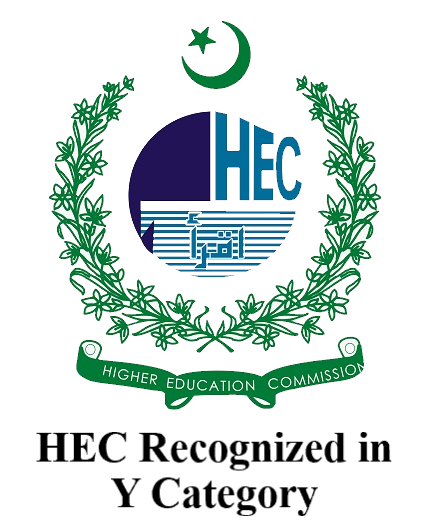Foreign Aid in Pakistan: Prosperity Partner or Perplexing Predicament?
DOI:
https://doi.org/10.71016/hnjss/6adjws21Keywords:
Foreign Aid, Economic Growth, Inflation, Remittances, ARDL, PakistanAbstract
Aim of the Study: Foreign assistance is considered one of the modes of foreign capital inflows that play a pivotal role in shaping the economy and other important sectors of the host country. This study aims to investigate the relationship between foreign assistance and economic growth in Pakistan, drawing on a comprehensive analysis of time series data spanning from 1990 to 2022.
Methodology: The estimation strategy includes the Augmented Dickey-Fuller (ADF) test for evaluating variable stationarity and the Autoregressive Distributed Lag (ARDL) bound testing technique, along with an error correction model for probing long-run and short-term effects. This study also employs diagnostic tests for data cleaning, such as the LM test for autocorrelation and the White test for Heteroscedasticity, to authenticate the accuracy of findings.
Findings: Accordingly, the results reveal that foreign aid and inflation allow certain harmful effects, notwithstanding the insignificance of foreign aid’s long-term correlation with economic development. In contrast, remittances and foreign investment appear to be the dominant factors, considerably shaping Pakistan's long-term economic development.
Conclusion: Using the provided information, it is important to note that this research suggests a modification of the current policies surrounding foreign assistance, which includes the provision of skills and training to the youth, and employing them for the advancement of technology in Pakistan, relaxing the limitations on foreign investment, and tightening the monetary policies to curb inflation.
Downloads
Published
Issue
Section
License
Copyright (c) 2025 Dr. Ali Raza, Dr. Minhaj Ud Din, Dr. Muhammad Rovidad (Author)

This work is licensed under a Creative Commons Attribution-NonCommercial 4.0 International License.








